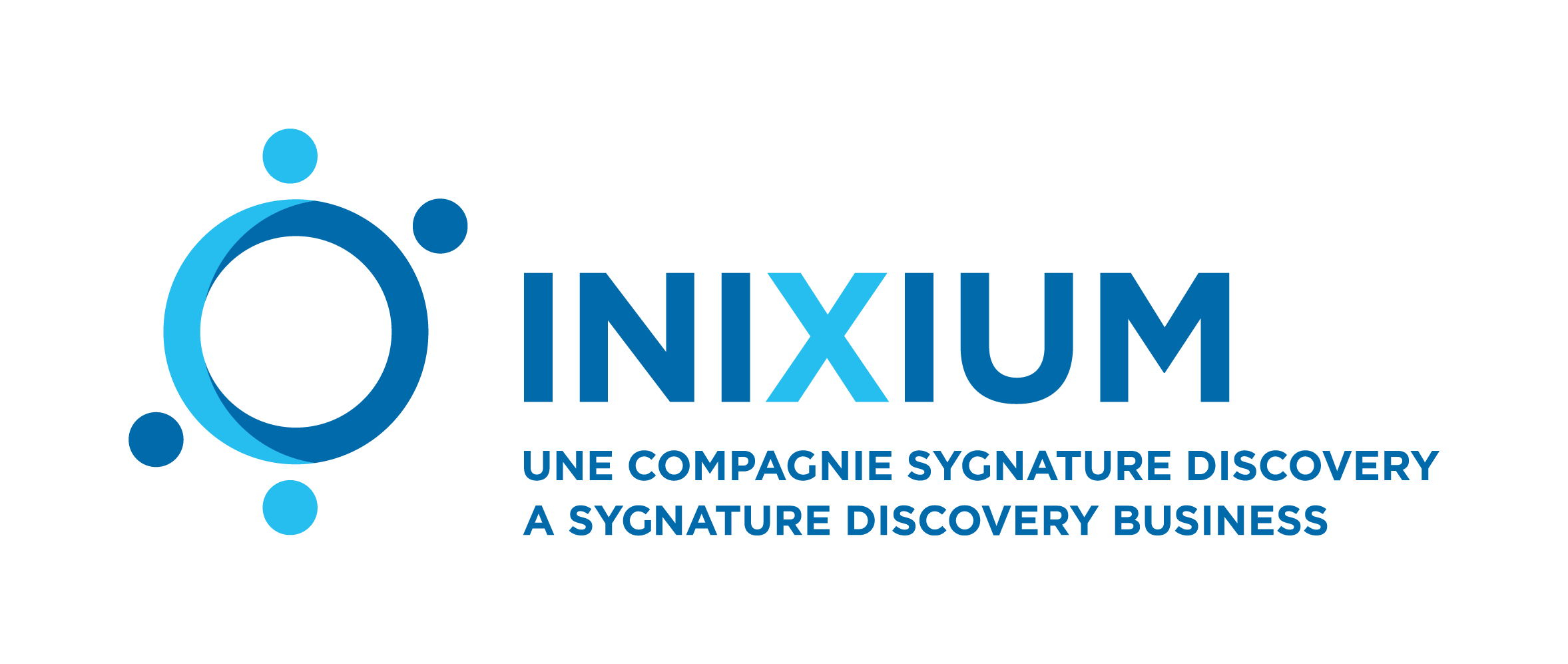Aggregation state
Dynamic light scattering (DLS) is a critical biophysical method in our toolbox. It is used to determine the size distribution profile of particles in solution, providing important hindsight in the aggregation state of the sample under study. This method relies on the autocorrelation function that is dependent on particle size. We use it systematically for the protein targets as well as the compounds under study.
Protein target: The aggregation state of the protein target is assessed at two different stages: during the last step of purification, and after protein concentration. DLS is done to test different buffers and additives to study their effect on the size distribution of the protein particles. This guides us in the choice of buffers and additives to add to the protein target to guarantee a stable monodispersed solution. DLS is also used during the concentration step and after a freeze-thaw cycle to follow the aggregation behavior of the protein. Whether optimizing conditions for a well behaved, crystallization-friendly target, or looking for the optimal formulation for biologics, DLS is a powerful tool that can provide critical information when manipulated by expert hands.
Small molecules: Intermolecular interaction is an intrinsic property of any molecule dissolved in a solvent and is the root cause of aggregation. These interactions are the basis for the structure and properties of everything we use and own in this world. They can be ordered, to form crystals, or random to form disordered aggregates that can be soluble or precipitated. The latter, that we refer to as small molecule aggregation, is a major concern in drug discovery. It causes all sorts of problems going from false positives in high throughput screening to the inability to form protein crystal complexes. At IniXium, we systematically evaluate the aggregation state of the ligands by using static and dynamic light scattering. This is done prior to crystal soaking or co-crystallization to evaluate the solubility of the compounds and the presence of soluble aggregates. Using this method, we are able to screen for conditions that minimize the formation of soluble aggregates of the ligands.
